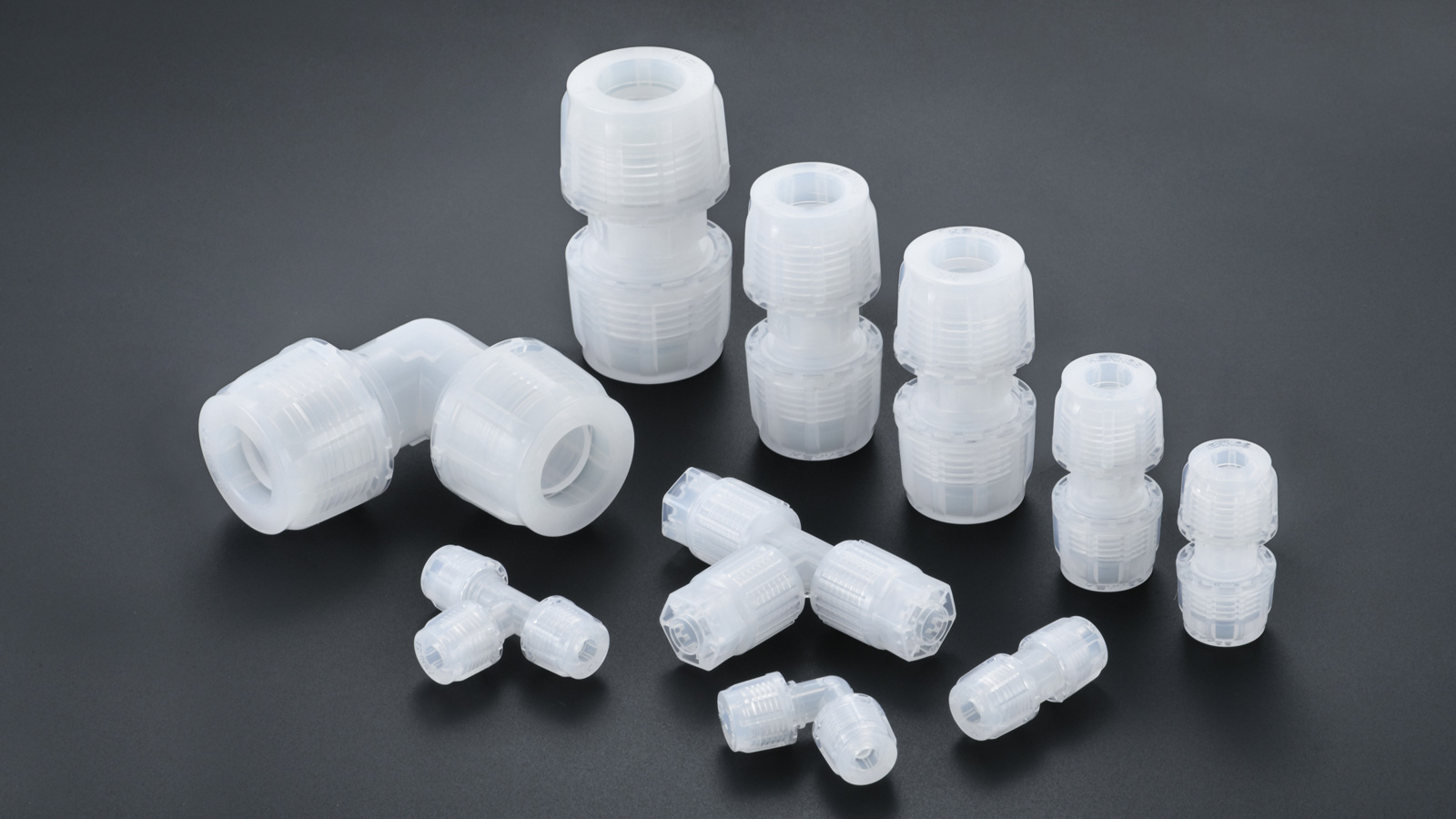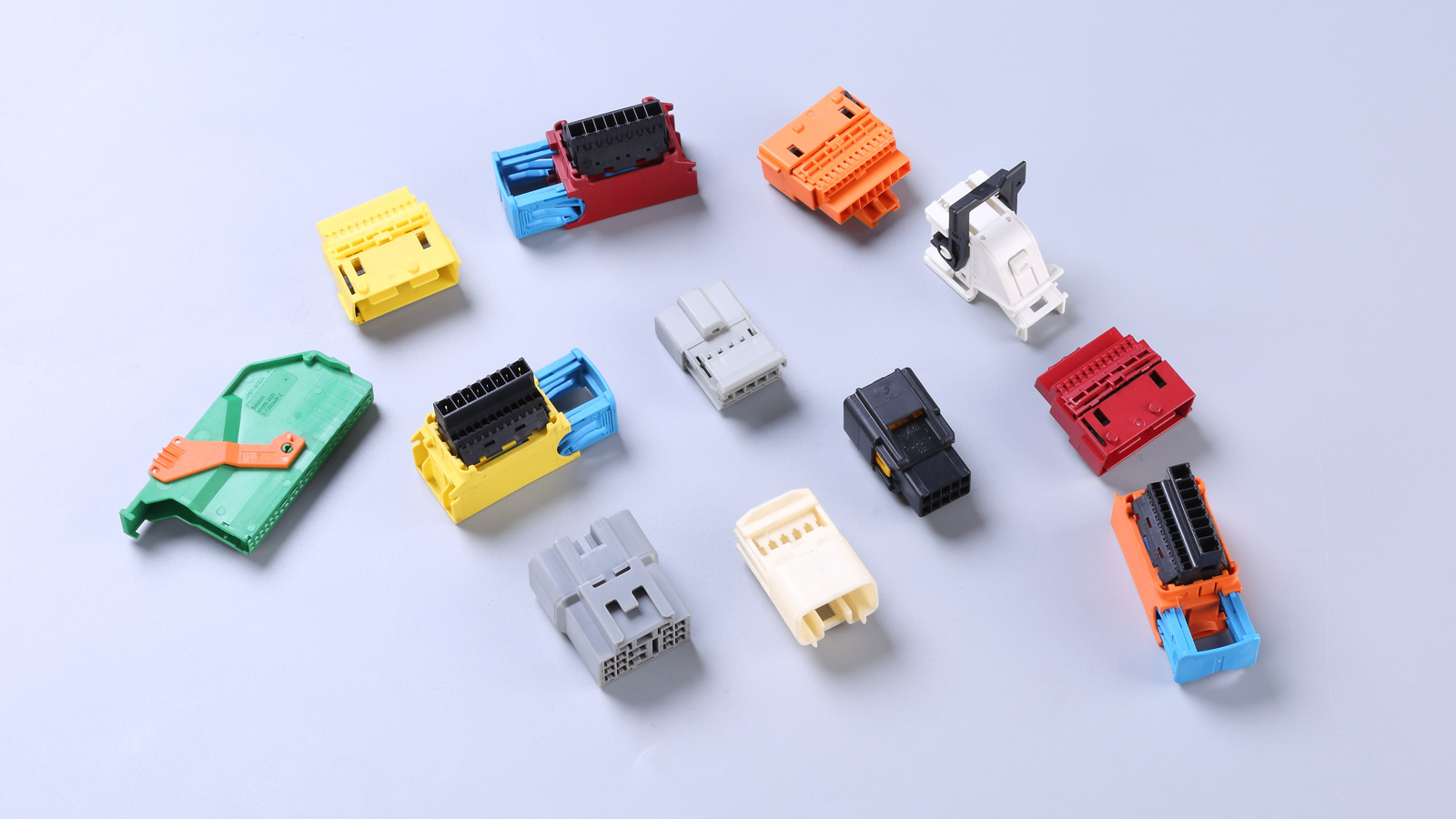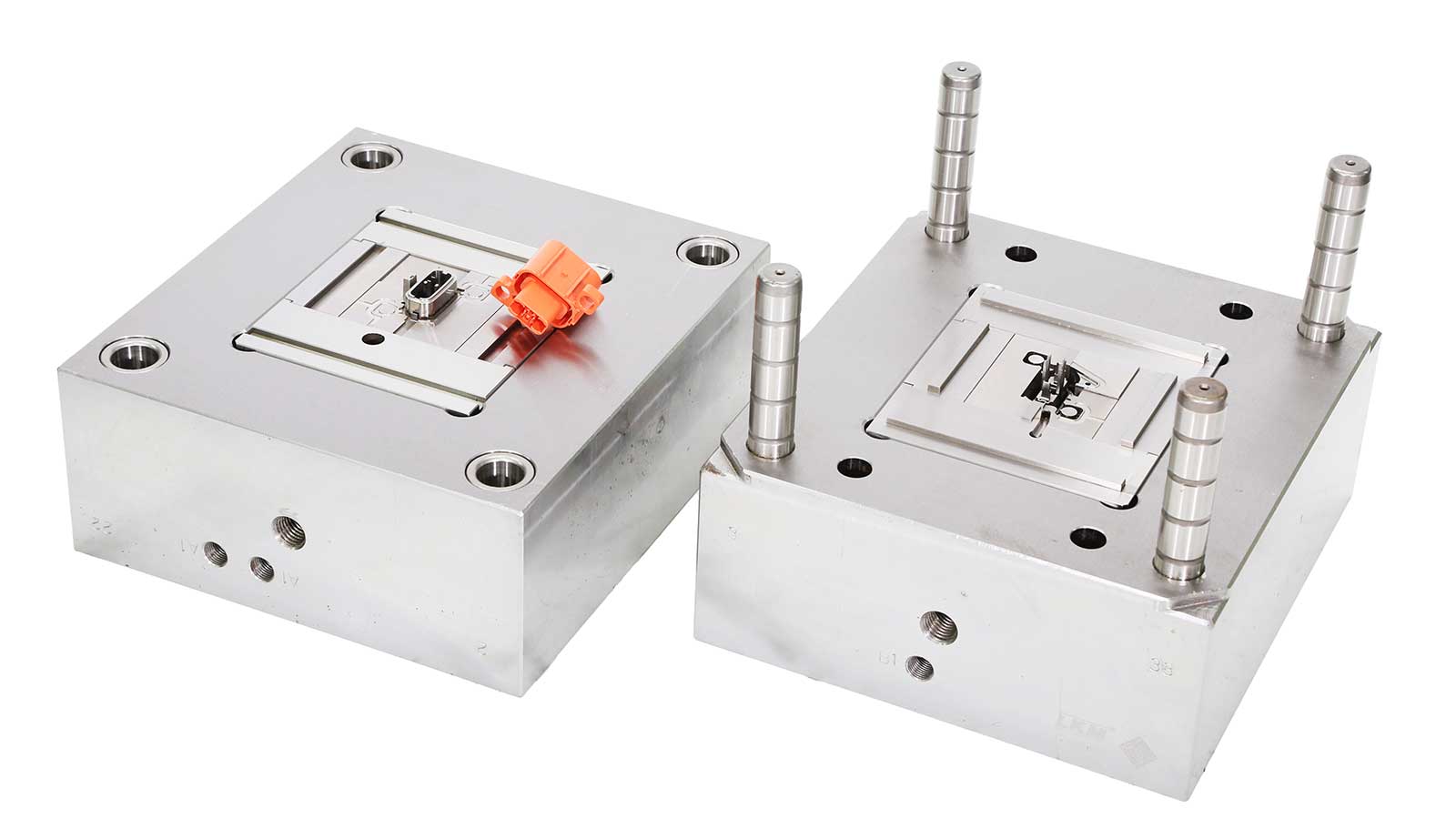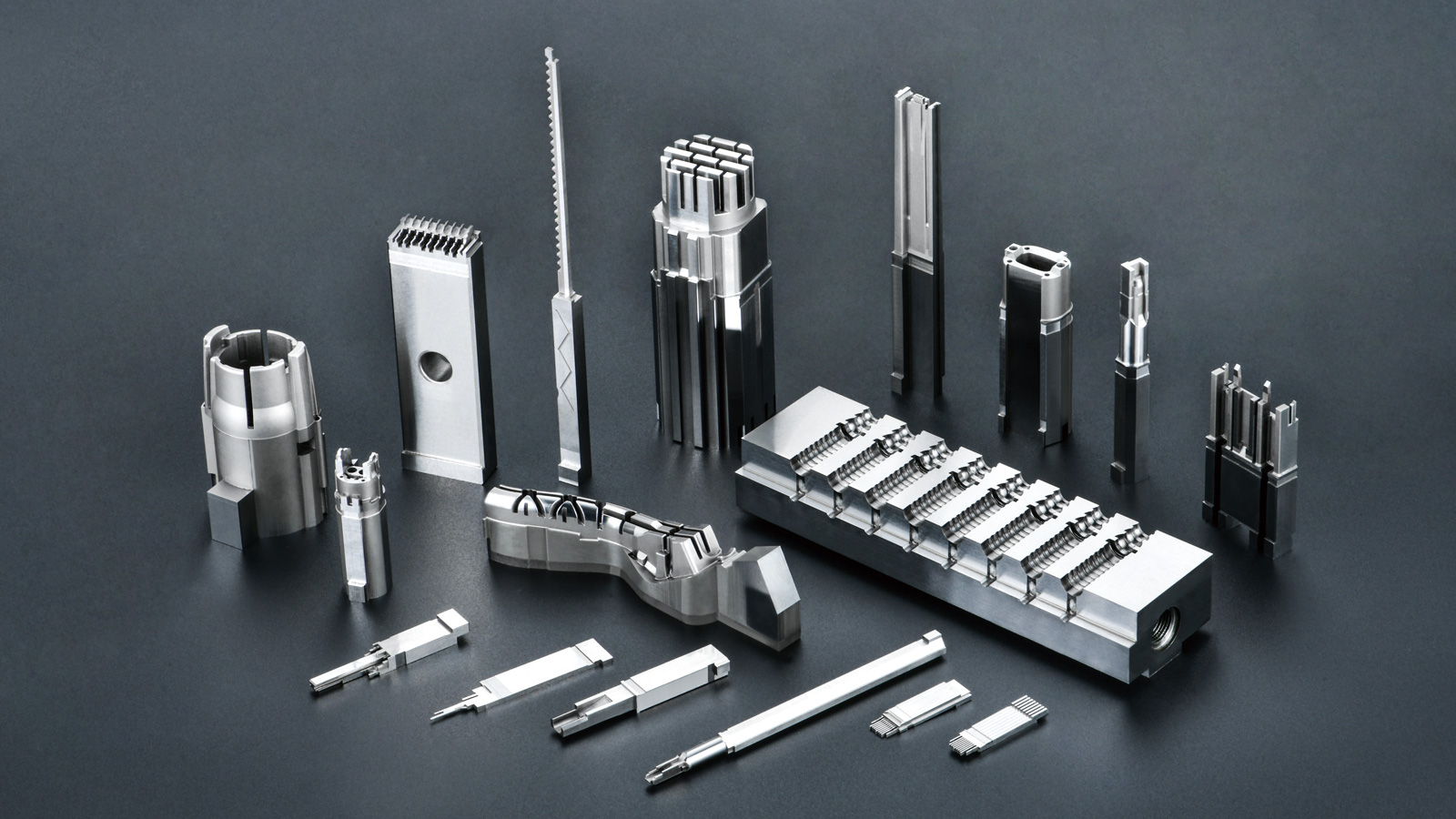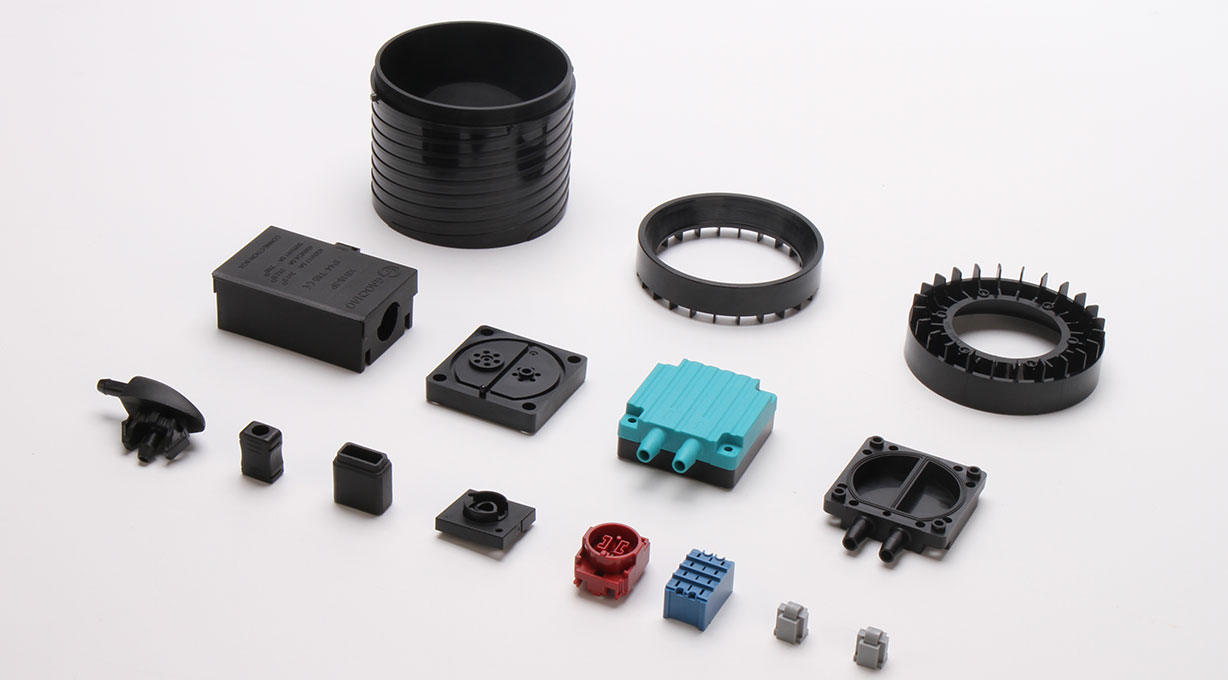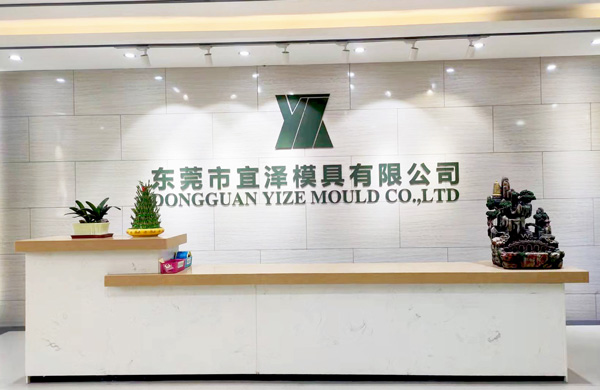After gaining a thorough understanding of the plastic products to be produced, we can proceed to design the specific mold plan. The design of injection molds is a systematic and meticulous process, and below, we will provide a detailed introduction to its design flow.
1. Preparations Before Injection Mold Design
Before designing an injection mold, we need to clarify a series of key factors. These factors include, but are not limited to, the type of plastic used and its molding shrinkage rate, the allowed tolerance range and appropriate draft angle of the product, the parameters of the injection molding machine, the number of mold cavities in the injection mold, and the production cost budget of the injection mold. The determination of these basic data provides clear guidance and a basis for subsequent design work.
2. Determining the Basic Structure of the Mold
Based on the known factors, we begin to determine the external dimensions of the injection mold. During this process, it is necessary to reasonably select the parting surface of the product to ensure smooth opening and closing of the mold and the quality of the product. At the same time, the type of gating system used in the injection mold and the ejection method of the plastic product from the mold need to be determined. The basic composition of the mold cavity is also important content that needs to be clarified at this stage. In addition, consideration should be given to whether the mold cavity adopts a side parting mechanism, whether a combination mold cavity is used to improve flexibility, and the cooling method of the mold cavity and the effective venting of gases inside the mold.
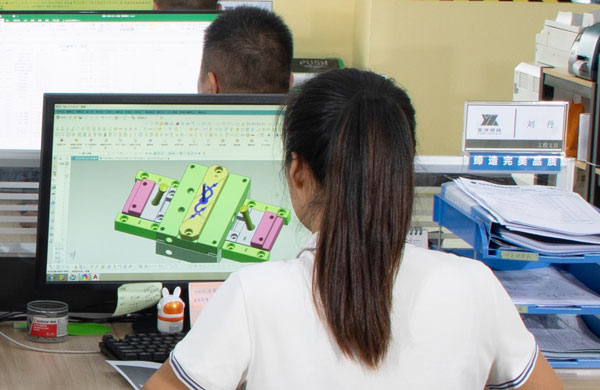
3. Selecting Standard Components
In the design of injection molds, standard components should be used as much as possible. This includes adopting standard mold bases, templates, as well as standard guide pins, guide bushes, sprue bushings, and ejector pins. The use of standard components can not only improve the manufacturing precision of injection molds but also shorten the production cycle of molds and reduce production costs. It is a preferred strategy in mold design.
4. Determining the Molding Dimensions of the Mold Cavity
Based on the basic dimensions of the plastic product, we need to use the molding dimension calculation formula to accurately determine the molding dimensions of each part of the injection mold cavity. This step is crucial for ensuring the precision and quality of the product.
5. Material Selection and Strength/Stiffness Verification
Next, we need to determine the materials used for the injection mold and perform necessary strength and stiffness verification on key components such as the parting surface, mold cavity, mold core, and support plate. Through verification formulas, we can ensure that these mold parts have sufficient strength and stiffness to meet the usage requirements while coping with various challenges in the production process.
6. Completing the Injection Mold Design Drawings
Finally, we need to complete the design drawings of the injection mold, including the design assembly drawing and the mold processing part drawing. To improve efficiency when determining the injection mold design plan, we can adopt an “analogy” method. That is, we can refer to the mold structure of similar products that have been designed and manufactured before and apply it to the mold structure of new products. This method can greatly simplify the design process and improve design efficiency.
In summary, the design of injection molds is a complex process involving multiple steps, requiring designers to have extensive professional knowledge and practical experience. Only by fully considering various factors, carefully designing and verifying, can we ensure that the final injection mold not only meets the usage requirements but also has efficient and stable production performance.

